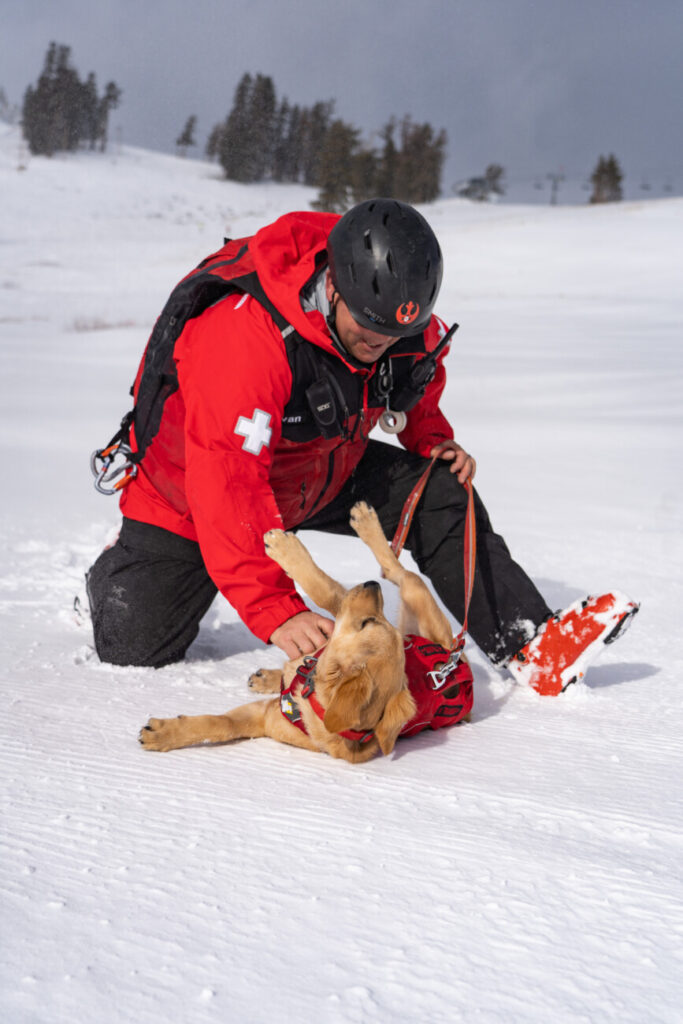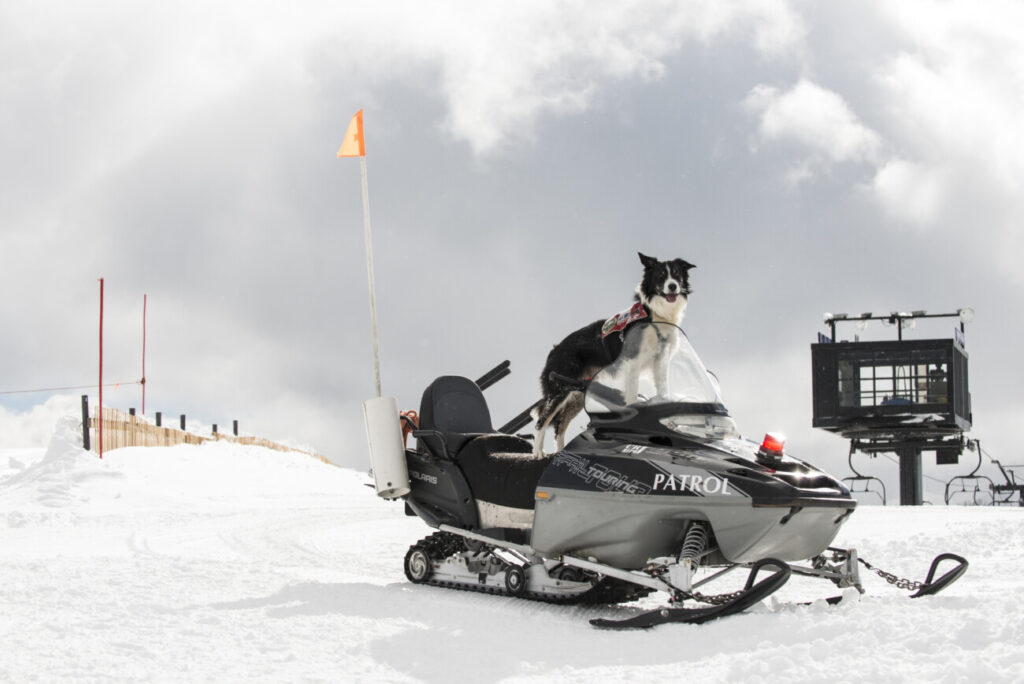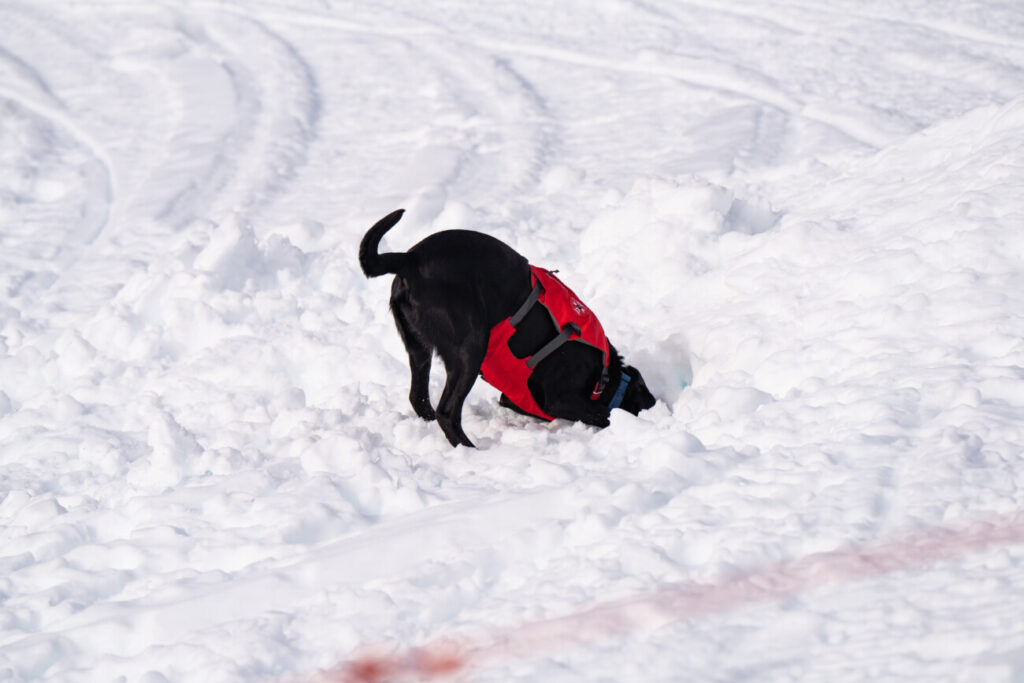While some of our favorite furry friends get to lounge about the house and enjoy leisurely walks with their humans, Palisades Tahoe patrol dogs are working and training to be ready at a moment’s notice for a search and rescue on the snowy mountain peaks.
But what does it take to be a certified, mission-ready, avalanche search and rescue dog? I talked to our patrol dog teams to learn about their journeys.
Pups in Training
Brackett & Ivan


Brackett is our newest patrol puppy bringing the cuteness overload to Palisades Tahoe. Brackett is only 6 months old, but there are already so many vital skills he and his handler Ivan are working on.
Crate Training
While crate training is a usual part of most puppies’ upbringing, it is imperative for patrol dogs, as they can spend a fair amount of time in the patrol shacks on stand-by. One trick Ivan uses to make the crate a positive and rewarding space for Brackett is feeding him his meals in there.
Basic Obedience and Recall
Teaching essential commands such as sit, stay, down, and “leave it” establishes the groundwork for effective communication between handler and pup. Recall training is crucial to ensuring Brackett responds promptly to commands.
Engagement Work
While crate training and obedience are the basics of most dog training, engagement work is one step where our patrol dog teams begin to differ. As these dogs are all “high-drive,” they have a large amount of intelligence and energy they need to use, so it is important to constantly channel their focus and energy into productive and constructive activities. As some handlers put it, “You’re either training your dog or un-training them”.
Our patrollers and handlers have to construct a hierarchy of rewards for the dogs, with the goal being to teach the dogs that their biggest rewards come when their focus and energy are on their handler, and everything else is second to that (such as playing with other dogs, chasing squirrels, etc.). The handlers do this by modifying the value of the reward, such as a quick treat, a little bit of play, or making a big deal about how good the dog is with very fun, energetic, engaging, and exciting play. This particular type of training comes with a lot of work for the handler to make sure they are consistent in how they reward the pups for their good behavior.
Travel Around the Mountain

Getting around the slopes is a lot different than going for a walk in the park. The patrol dogs are trained to run and walk safely between skis, be carried on the shoulders of their handler while they ski, follow behind on steep slopes, ride chairlifts and snowmobiles, or even take helicopter rides. Patrol dogs are basically the dog version of James Bond.
Search and Rescue Training
While the patrol pups are young, their handlers will introduce them to playing tug-of-war with either a specified toy or an article of clothing. The handlers will react excitedly during play reinforcing positive emotions within the dog, bonding them further with their human, and creating this form of “play” as their favorite reward.
Once the dog is very familiar with tug of war, the next stage is called “run-away” where the handler will throw the toy or article of clothing behind something (such as a couch) where the dog can’t see it. This starts to train the puppy to use their keen sense of smell rather than their eyes. When the dog retrieves the object from the hidden spot, they get to play tug of war with the handler, further reinforcing the game as a positive reward. To further the game, the handler may go and hide with the toy before the dog excitedly retrieves both their person and the object.

When a dog is comfortable with all of the above the handler may assess that it is time for the pup to be introduced to searching in the snow. Patrollers will dig out little burrows and caves in the snow, and at that point, the handler will throw an object into the snow cave for the dog to retrieve, and this gets the dog comfortable and familiar with the caves. This is about the level that Brackett is currently at.
The next step that Brackett will be working on of this snowy training is to have Ivan, his handler, lightly buried in one of the snow caves with the toy. Brackett would then use his sense of smell to detect where Ivan is and begin to dig him out. Once Brackett reaches him, Ivan will initiate a positive game of tug of war which will help Brackett pull Ivan out of the hole. The goal is to make this game the most rewarding for the dog, as this translates exactly into a search and rescue. Over time, as Brackett and other patrol dogs get better at this, instead of burying patrollers in the snow caves for the dogs to find, the handlers will start to bury articles of clothing with a human scent, to really challenge the dogs, forcing them to use their sense of smell, and simulate what it might be like in a real-life scenario with someone buried further beneath the snow.
Getting Search and Rescue Certified
Alex and Moxie


Alex and Moxie are the newest team at Palisades Tahoe to become certified! Getting search and rescue certified is as much a test for the dogs as it is for their human handlers. The team needs to work together to pass the full validation test. The test is comprised of different parts and roles, and each handler has to pass all parts to be certified and validated.
The Test
It comes down to an avalanche simulation put on by other experienced patrollers. In the simulation, some of the patrollers may hunker down and get buried in snow caves or they may choose to bury articles of clothing with a human scent for the dogs to find.
Role 1: Site Commander
The site commander is in charge of interviewing the “witnesses” of the scene and learning how many people may be impacted or buried. Their ability to gather information and then organize the search is a crucial skill for each handler to have.
Role 2: Hasty Search
The patroller will do a sweep of the entire site looking for transceivers and clues. They must find all the transceivers and clues and properly flag them according to the International Commission for Alpine Rescue standards. Clues are directly associated with finds and can assist dog handlers in knowing which areas of the site to focus searching.
Role 3: Dog Team
The dogs are then given the “search” command, and handlers pay close attention to the signals the dogs are giving off, and when a dog starts to dig, they know that they are on to human scent and something is buried beneath the snow. Handlers may also help by probing the snow and assisting with the dig.
Working Dogs

Patrol dogs are one of the many types of working dogs in the world. As with other working dogs, please give the teams plenty of room on the slopes and do not approach the dogs without getting permission from their handlers.
If you would like to support our dog teams, please check out the Alpine Avalanche Rescue Foundation or @palisadesavalanchedogs on Instagram










3 Responses
So much admiration for the dogs and their handlers! It’s amazing how they can learn from play to do things that will save lives. Thanks for sharing how it’s done and for training the pups these amazing skills.
Both the handlers and dogs are heroic. It’s nice to know that the dogs really enjoy what they do and think of it as play~
Great work! As someone with experience training service dogs, I understand and appreciate the hard work of the handlers and dogs. I continue to be fascinated by all that dogs are capable of and their incredible impact on humans. Thank you for sharing these wonderful stories of the Palisades Pups! Stay safe.